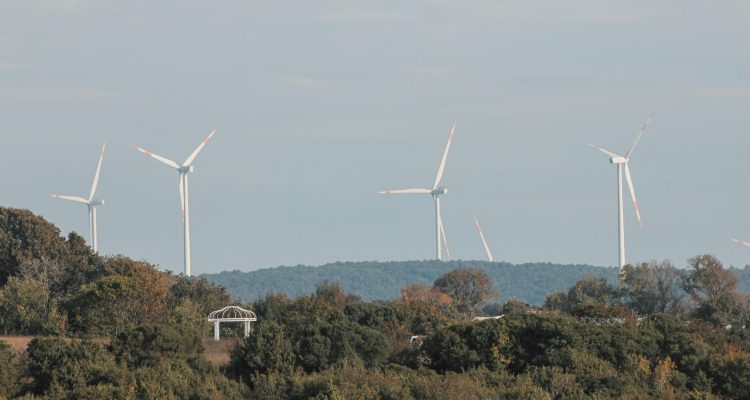When the city of Lund’s parking company called on architect Jonas Lloyd to design and create a new multi-story parking structure sustainability, safety, and aesthetics were his priorities and he recalled an article he had read about wind turbine blades ending life in landfills.
“We wanted to create what is called visible sustainability. That it will be something that really shouts out sustainability. People will walk past and say, ‘look at that, they’ve used wind turbine blades in the façade’’” said Lloyd.
An open-walled design is desirable in a parking structuring due to explosion and fire risks and the turbine blades proved to be a perfect component for the curtain walls. Using the blades also allowed builders to avoid using concrete and steel which have a more significant climate footprint. The parking structure will also feature green walls from pollinator-friendly plants.
Environment and sustainability specialist Gustav Frid, environment and sustainability specialist at Vatterfall, explained, “Even if our targets are focusing on recycling, we take a circular approach looking at different strategies in line with the waste hierarchy. Even if a product has reached its end of life from our point of view it can be valuable for someone else in a new application or as material for a new product.”
In a further step towards sustainability, the roof of the parking structure will be covered by solar panels capturing power for EVs that will park overnight.
Vattenfall is also working to recycle and reuse wind turbine blades in other projects such as frames for solar panels, extruded building products, and even skis. The company is also working to use recycled glass fiber as a substitute for sand in cement production and to use recycled carbon fiber in other processes.


